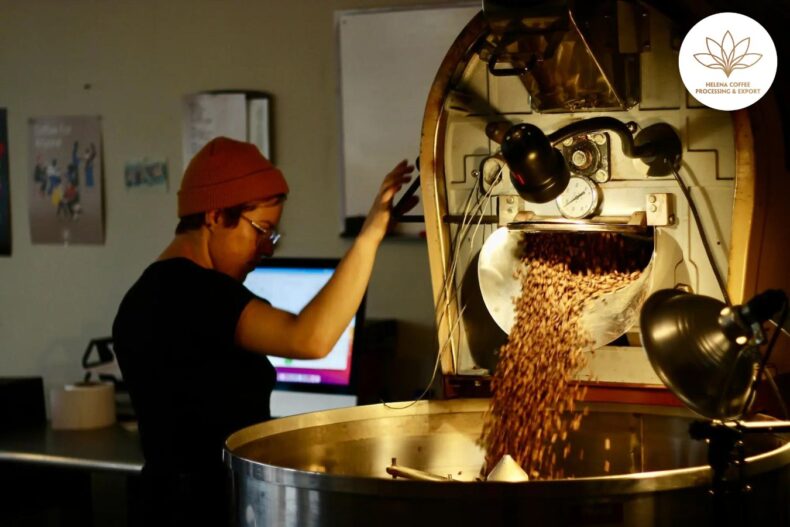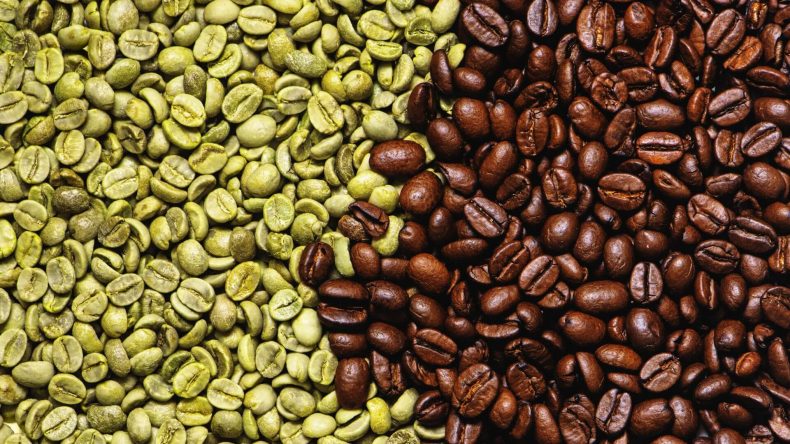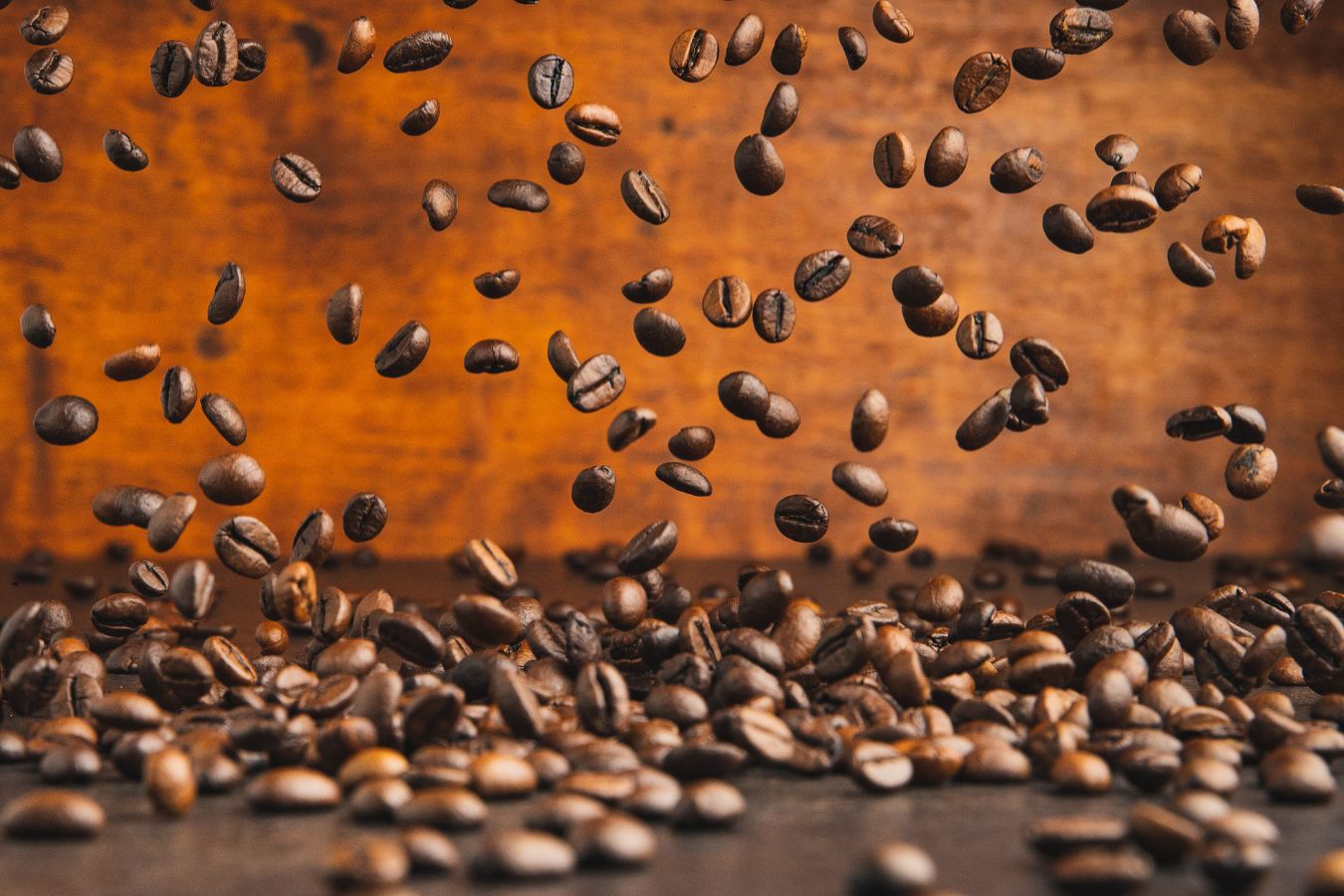
Maillard Reaction In Coffee Roasting: As the coffee beans move in the heat of the roaster, hundreds of chemical reactions take place continuously, some of which will decompose, some denatured into other compounds. And countless new compounds formed, all of this plus a series of physical changes will form in the coffee bean’s unique flavors.
Among them, the Mailard reaction is an important metabolic process during coffee roasting. Let’s find out how this process happens.
1. Maillard reaction while roasting coffee
While roasting: Humidity is directly connected to The lower the temperature level, the greater the humidity of the coffee nucleus, owing to:
– There is an alkalization process between the free water and the starchy portion (a lucid component in coffee). If the coffee kernel is particularly wet and the heat in the input is intense, starch lakeization happens at about 90 degrees Celsius, causing phenomena in the living – separate from ripening.
– The Maillard process is more intense and quicker when roasting at higher input temperatures.
– When roasting at a lower input temperature, the particle mass in the spinning drum will primarily undergo a reaction with water bonding, resulting in a mild and brief Maillard reaction (the incense groups will mainly favor enzymatic).
– Because coffee beans have more protein, they will have a more substantial first crack (CO2 and steam). Because most purebred Typica particles are closely bound, the initial explosive response (first fracture) is weaker.
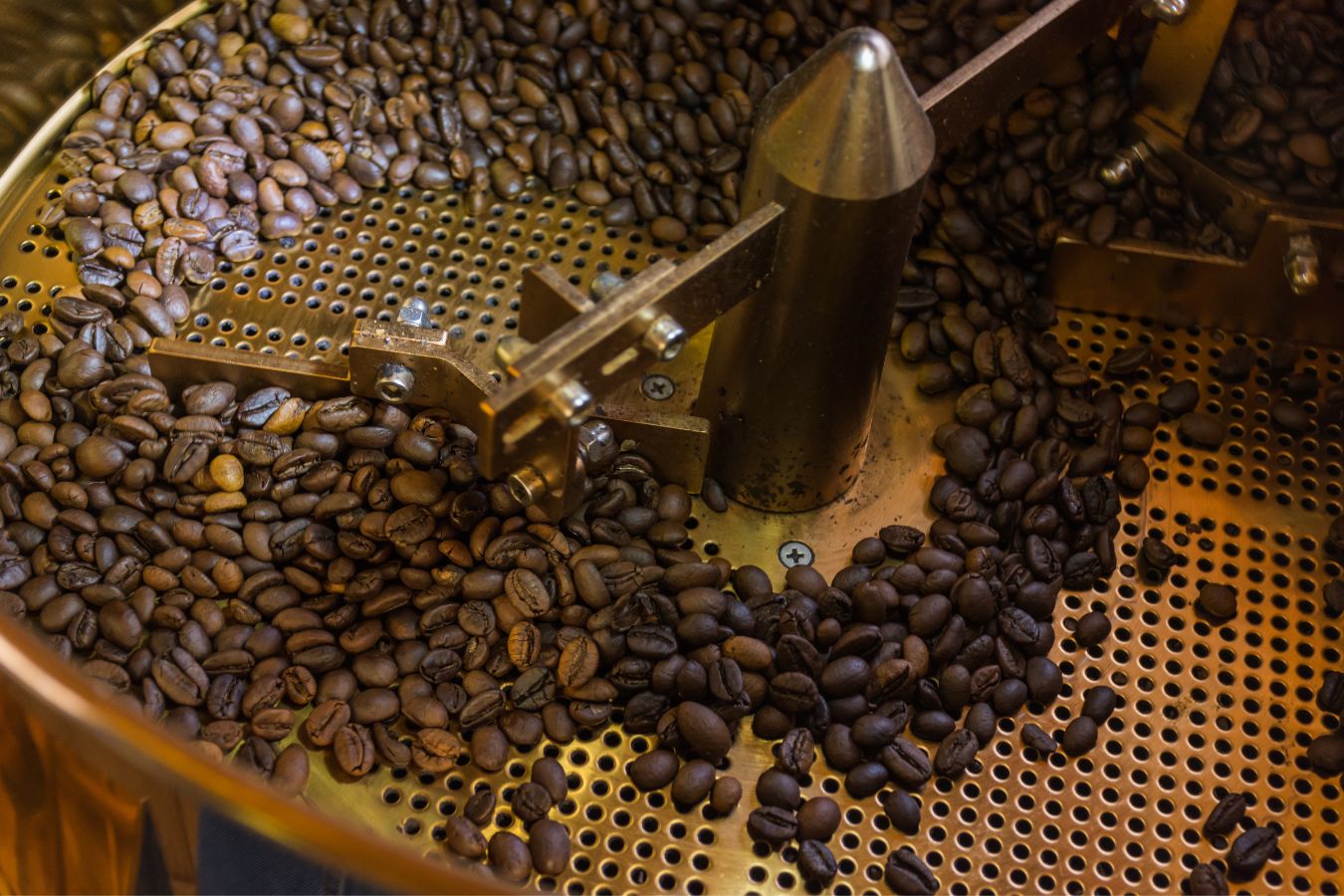
– High-humidity seeds: Because moisture uniformity is more excellent in high-humidity seeds than in regular moisture grains, the crack phenomena develop more powerfully and at the same time. When very wet particles are roasted, alkalization begins, and the grain will expand more forcefully than a regular moist grain when it reaches the explosion threshold.
– Moist sugar in coffee kernels: Because the impact of heat-damp sugar tends to push water from the high-temperature side to the low-temperature side when introducing moist wood sticks into the incinerator, water and steam appear at the end of the wood bar outside the oven, because the impact of heat damp sugar tends to push water from the high-temperature side to the low-temperature side.
When drying coffee, dry the front yard for the yard to warm up or be less cold. If pouring coffee into the drying yard in early morning then there will be intense sun will appear It is possible to make mistakes owing to standing water and minute quantities of viscosity that are difficult to wash and adhere to the grain’s surface in the high-temperature environment of the intense sun, resulting in a powerful odor (only in the early afternoon, the appearance of black puddles, stinking already)
Due to the water being pressed inside, coating the outside of the surface of the coffee kernel with the lakeized layer, then soaking itself out, it is possible to resurface moisture (humidity grows again then a little later. fast) while drying pressed at high temperatures. But before that, the drying process ended quickly because the moisture on the surface of the coffee was only measured.).
The old crop coffee exploded more strongly, blooming more when roasted, due to the seeds’ long-term breathing process, which decomposed sugar and cellulose and formed CO2 + H2O freely. Because the binding of the materials of the bean beans is less solid, free water adhering to the surface is more accessible to enter according to the heat of wet sugar when beginning to pour the coffee filling into the roasting oven, then generating steam bursting violently from the interior.
The porous nucleus structure also causes the seeds to grow in size. Because lipids do not dissolve during respiration, the bean ratio is more excellent when roasting old-crop coffee. Lipids are also easier to escape owing to the more porous structure of the seeds.
To restrict the heat moisture process, coffee fillings with high humidity must be roasted at a lower temperature. It will be easier to cause coffee bottles if there is a lot of water entering owing to high-temperature roasting (outside the fire and inside can not ripen because much water has not escaped).
2. Coffee bean density
Coffee bean density is important data for roasters, green coffee buyers as well as producers. It’s often seen as a quality score, but to really understand the density of coffee, you need to understand what makes coffee “thick” or less “porous”, how they are graded, as well as how density affects roasting and the final flavor.
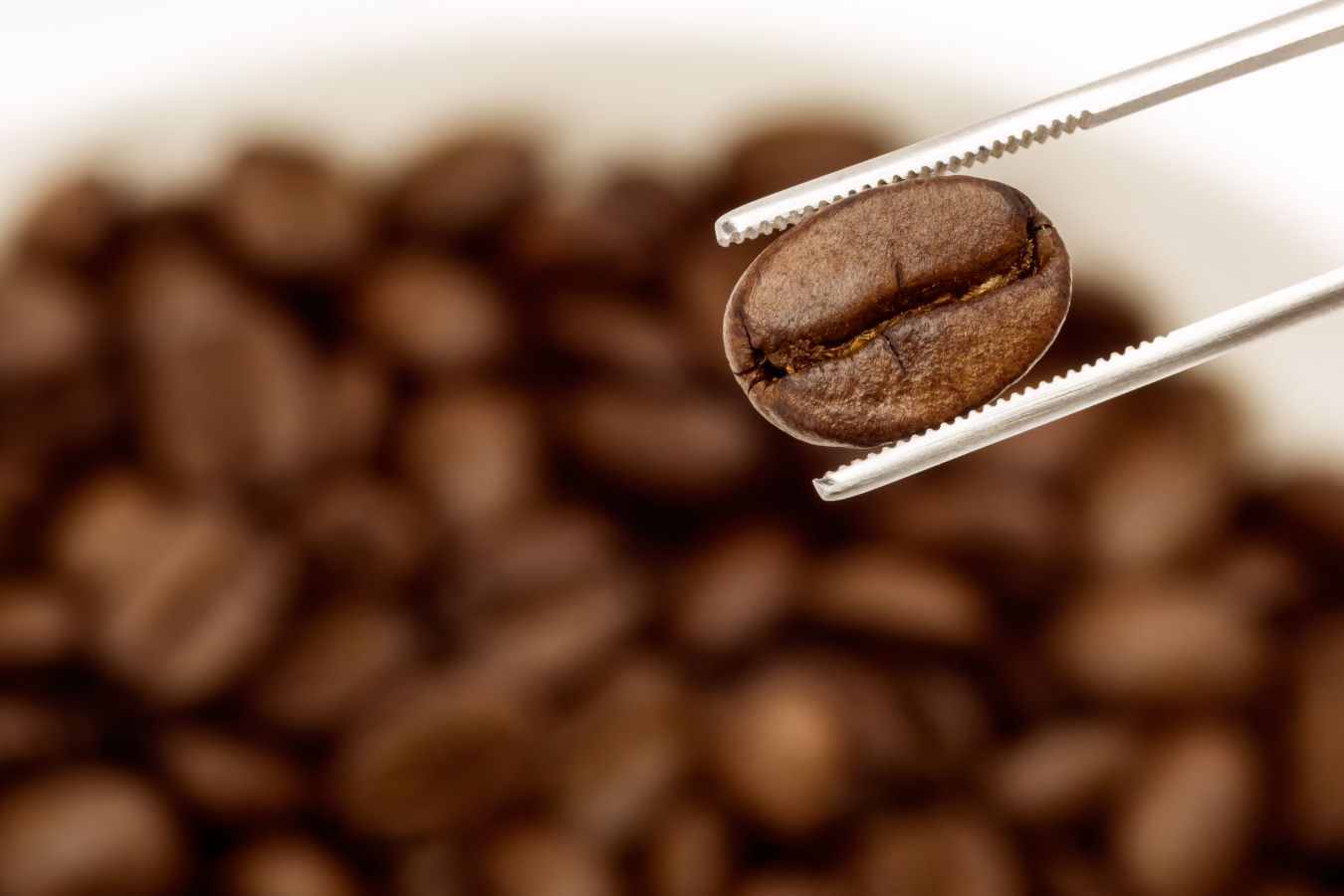
First of all, particle density is not so important – if you care about it properly. For green coffee beans, a higher density tells us that the beans are firmer and firmer. The way that coffee beans absorb energy, withstand pressure, crack and grow will be different than the softer, more porous beans.
Second, for coffee roasting, we are mostly concerned with relative density. In other words, we only need to understand the differences that occur in the roasting process and the flavor quality between beans of different densities.
3. Particle batch volume
Adjust the first gas supply threshold based on the mass of roasted grains relative to the machine’s capacity. If the load is 100 percent of the machine’s bag, the first gas supply threshold should be 60 percent or 80 percent higher than the particle batch. When the grade volume accounts for 80% of the intended capacity, the roasting collection is at its best.
